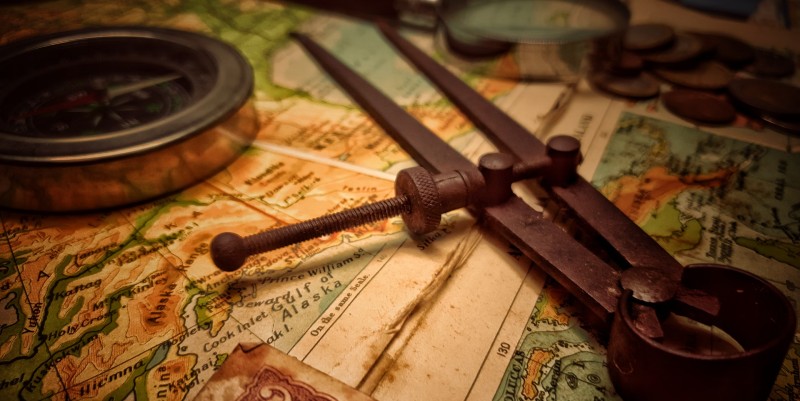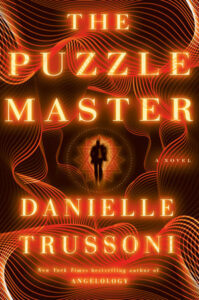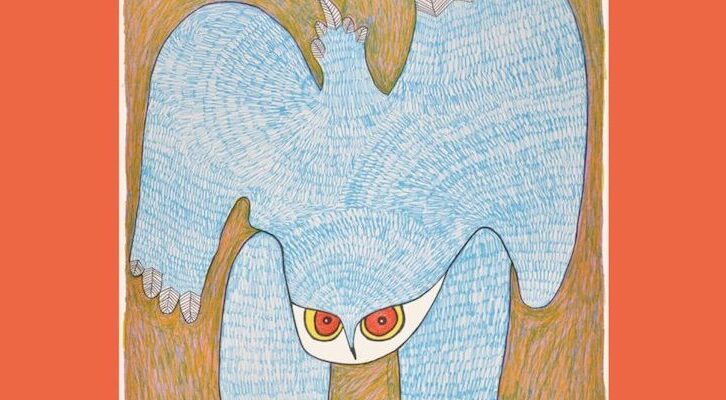Maybe I was influenced a little too much by Indiana Jones as a kid, or perhaps a childhood growing up finding arrowheads and fossils on the flat alluvial soil of the Midwest seared my imagination with a love of excavation, but whatever the cause, one of my favorite plot devices is the discovery of an ancient relic or artifact.
It can be an object, something buried away for centuries that has repercussions in the contemporary world. It can be information that has been withheld, usually purposely, but once discovered drastically alters the characters’ perceptions. It can be a virus or contagion, bottled up and then released like a genie from a bottle. Or it can be a valuable piece of art or other valuable treasure (every pirate story relies on this). Whatever it is, ancient artifacts carry lessons from the past for the present, ones that can have grave consequences. While such objects might be considered merely a McGuffin, for me, they act as more than a hollow plot device. They add a layer of historical intrigue to a story, one that has always drawn me in and leaves me imagining the past.

The Moonstone by Wilkie Collins (1868)
This 19th century novel is one that I reread every few years. The eponymous moonstone is a large diamond inherited by the 18-year-old British heiress Rachel Verinder. The diamond is stolen, and while the remainder of the novel is about who stole it and why, I always find myself thinking about the diamond itself. It was taken under criminal circumstances from India by Rachel Verinder’s uncle, and the diamond was said to be based in part on the stories of large Indian diamonds possessed by European royalty.
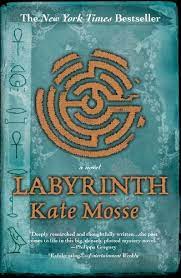
Labyrinth by Kate Moss (2005)
This novel moves between two periods—2005 and 1209—but what binds them together is a labyrinth discovered by an archeologist, Dr. Alice Tanner in 2005. Alice finds a cache of bones in a cavern in the south of France. Along with the bones, there is a labyrinth, and ring bearing the same design. The plot is quite literally an excavation. The labyrinth pulls her into a quest to understand a brutal history to which, she learns, intimately connected.
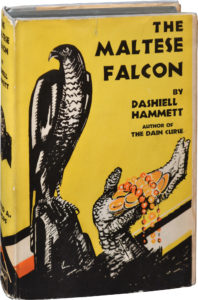
The Maltese Falcon by Dashiell Hammett (1930)
The artifact in this classic noir detective novel is a falcon that was paid in tribute to the Knights of Malta. The first time I encountered this story was the 1941 film version with Humphrey Bogart, Mary Astor and Peter Lorre. I went back to the novel after seeing the film, and love Sam Spade’s cool, clipped dialogue and his stoicism. But the most intriguing part of the story for me was the falcon, coated in a black to disguise its value. Its history—as a tribute to the Knights of Malta, then a gift to the King of Spain, then stolen by pirates—gives the novel an imaginative depth.
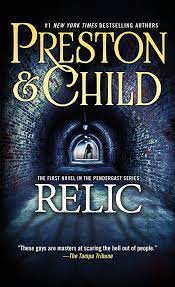
Relic by Doug Preston & Lincoln Child (1995)
The first of the Pendergast novels, the mystery of this book revolves around a discovery in the jungles of South America. A group of archeologists are massacred, and the discovery is hidden away and sent to the Museum of Natural History in New York. When people are brutally killed in the museum, it opens a massive hunt for a legendary creature. It’s an example of an ancient discovery that is alive, terrifying, and filled with mythology.

The Exorcist by William Peter Blatty (1971)
The story of The Exorcist is so filled with wild supernatural scenes, that it’s easy to forget the quiet origins of the drama. The object at fault for the terrifying possession of Regan McNeil is an ancient statue of the God Pazuzu found in an archeological dig in Iraq. The demon Pazuzu was an ancient Assyrian being considered the “King of Evil Wind demons,” and a protector of the home and pregnant women.
***

